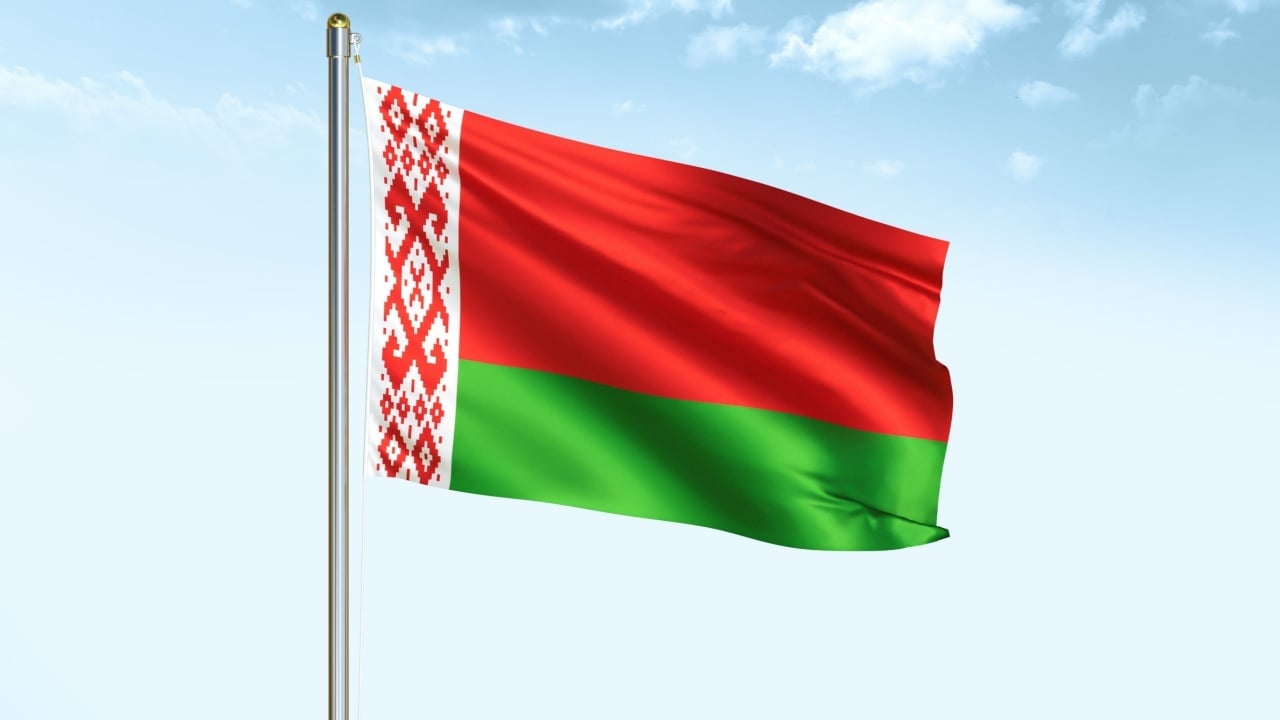The global financial landscape is undergoing a profound transformation, driven by the rapid advancement and adoption of digital currencies. This shift is not merely technological but represents a strategic realignment of economic power, challenging the long-standing dominance of the US dollar and Western financial institutions. At the forefront of this movement are nations seeking greater financial sovereignty, with Belarus emerging as a key player through its proposed integration of digital currencies within the BRICS economic bloc. This initiative has the potential to reshape international trade, foster a more decentralized financial order, and redefine the geopolitical dynamics of global finance.
Belarus’s decision to launch its Central Bank Digital Currency (CBDC), the digital ruble, by the second half of 2026, is a bold step toward enhancing its financial infrastructure and deepening economic ties with BRICS partners. The digital ruble is expected to bring several advantages, including enhanced transaction efficiency, increased transparency through blockchain technology, greater financial inclusion, and improved monetary policy control. These benefits align with Belarus’s strategic goals of reducing reliance on foreign currencies and strengthening its economic resilience.
The BRICS nations—Brazil, Russia, India, China, and South Africa—have long sought to reduce their dependence on the US dollar and Western financial systems. Their collective efforts to create alternative payment systems, promote trade in national currencies, and explore a common BRICS currency reflect a broader ambition to establish a more balanced global financial architecture. Belarus’s proposal to integrate digital currency platforms within the BRICS settlement system complements this vision, offering a pathway to bypass sanctions, facilitate direct currency transactions, and build a parallel financial infrastructure independent of Western control.
Opportunities in Digital Currency Integration
The integration of digital currencies within the BRICS framework presents significant opportunities for economic cooperation and growth. Digital currencies can streamline cross-border transactions, reduce costs, and operate 24/7, enhancing efficiency and accessibility. Moreover, they can extend financial services to underserved populations, promoting financial inclusion and economic empowerment. For businesses and individuals within BRICS nations, digital currencies offer a more flexible and cost-effective means of conducting international trade and investments.
However, the path to integration is not without challenges. Regulatory harmonization across diverse legal and policy environments remains a critical hurdle. Ensuring technological interoperability between different digital currency platforms is equally essential to avoid fragmentation and inefficiencies. Cybersecurity threats pose another significant risk, requiring robust safeguards to protect the integrity of digital currency systems. Finally, widespread adoption and acceptance by businesses and individuals will be crucial for the success of this initiative.
The Potential Impact on the US Dollar
The rise of digital currencies and the BRICS’ efforts to create an alternative financial system could gradually erode the dominance of the US dollar. For decades, the US dollar has been the world’s reserve currency, underpinning global trade and financial stability. However, growing dissatisfaction with its hegemony, coupled with the increasing adoption of digital currencies, may lead to a decline in demand for US dollars in international transactions. Central banks may begin to diversify their reserves, reducing reliance on the dollar and potentially weakening US economic and political influence.
Beyond de-dollarization, the broader implications of this shift extend to the emergence of a multipolar financial world. A more balanced global financial order could empower developing nations, foster financial innovation, and reduce the risk of systemic crises. The BRICS nations, representing a significant portion of the world’s population and economic output, can play a greater role in shaping the global financial agenda, contributing to a more equitable and stable financial system.
Conclusion: A Future Forged in Code
The integration of digital currencies within the BRICS settlement system is a geopolitical game-changer, highlighting the growing desire for financial independence and a more equitable global financial order. While challenges remain, the potential benefits are immense, promising a future where nations are empowered, economies are interconnected, and the global financial landscape is reshaped by the transformative power of digital currencies. Belarus’s proactive role in this movement underscores the strategic importance of digital finance in redefining global economic power dynamics. As the BRICS nations, led by innovative players like Belarus, forge a new path toward a multipolar financial future, the world watches closely. The future of finance is being written in code, and the implications are profound.











